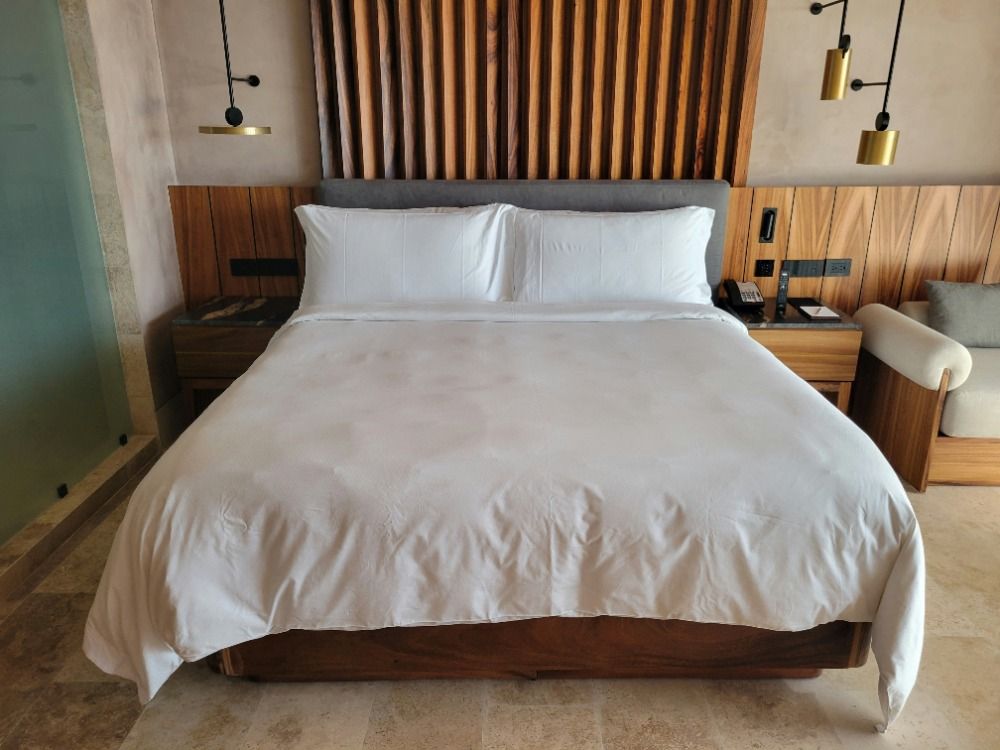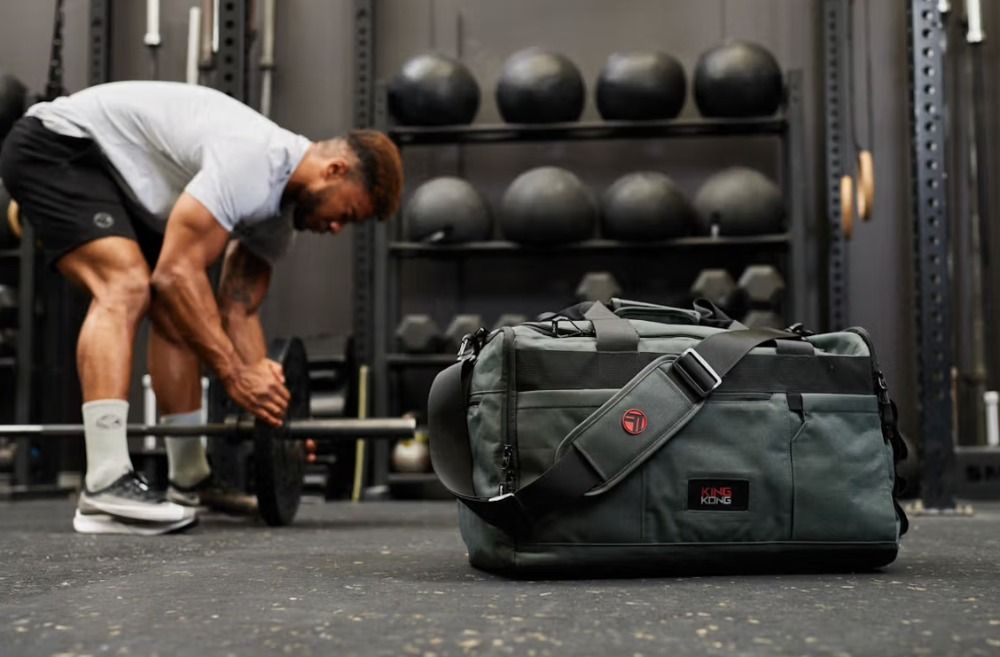How revenue-based finance helped Joolca grow their camping brand
At Joolca, we’re our own biggest brand advocates. We love the outdoors but don't want to sacrifice all the comforts of home. So we’re always talking up our HOTTAP, which lets us take hot showers anywhere we decide to go adventuring.
But even we couldn’t foresee the volume of orders we would have to fill when the pandemic led to a rise in online shopping, and travel restrictions sent many camping.
According to a spokesperson from the booking website Pitchup.com, global reservations increased by 350% in the early months of the pandemic. As people looked for ways to explore the outdoors, interest began to grow for Joolca’s HOTTAP.
Along with a boom in business came a major hurdle: a volatile supply chain.
Implementing a pre-sale model with revenue-based financing helped us overcome that challenge by allowing us to mitigate the impact of production and shipping delays. Instead of just surviving, we were able to capitalize on profits during an unprecedented boom in eCommerce and grow our business.
Watch: You can check out our interview with Chris Slodyczka below:
Supply chain delays made it difficult to capitalize on the eCommerce boom
The pandemic led many individuals to spend more time at home, which meant our advertisements reached a wider audience — many of whom were shopping online due to a lack of in-store shopping options.
The same was true for online retailers in all industries. And the eComm boom put a massive strain on the global supply chain, which was unprepared to accommodate the unprecedented and rapid increase in online shopping.
This made getting stock throughout 2020 and 2021 a logistical nightmare. Stocking inventory to meet the demand required us to overcome three major hurdles:
- Product shortages: In the early stages of the pandemic, many factories across the globe reduced their production capacity or closed down entirely, and the ripple effects of the shortages caused by this inactivity are still impacting the supply chain today.
- Labor shortages: Businesses around the globe struggled to fill empty positions, which meant many suppliers, manufacturers, and warehouses struggled to manufacture or distribute products. This led to long delays that made it incredibly difficult to respond to changes in demand.
- Rising costs: Labor and material shortages increased costs for many eCommerce partners, and, in response, manufacturers, shippers, and distributors increased prices for retailers.
The combination of these problems left us with an incredibly volatile supply chain rife with shipping delays. Rising costs made it difficult to pay for manufacturing runs upfront, which meant we would need to find financing.
Then we’d still need to account for manufacturing and shipping delays that would keep inventory empty.
Navigating this turbulent time required flexibility in how we used our cash flows, which meant our finances would be just as important as the solution to our problem.
Implementing a pre-sale model drove profits and sustained business
The logistical problems within the supply chain led to stockouts, and we found ourselves with no products in our inventory to sell.
But we had to keep the business running, which meant paying bills and continuing to invest in marketing.
We knew we couldn’t wait to react if we wanted Joolca to survive. So, we began pre-selling our product to generate profits amid the supply chain disruptions.
Fortunately, our product was popular enough that our customers were willing to wait for their orders to arrive.
The money from pre-sales provided us with the capital we needed to sustain our business operations while we waited out shipping delays and our inventory stayed empty.
But our pre-sale model wasn’t a perfect solution. Some customers didn’t want to wait for a product they’d paid for, which meant we missed out on sales when they opted to buy an alternative that was readily available.
And the time customers spent waiting after placing a pre-order gave them plenty of time to reconsider their decision. When customers changed their minds, the refunds increased our costs.
While pre-sales generated enough profits to sustain operations during a turbulent time, it was a temporary solution.
If we wanted Joolca to survive and thrive in the long-term, we’d have to prepare to meet future demand with a more sustainable sales model — one where we paid for our stock up front so we could quickly fill orders as they came. To build up our inventory, we needed revenue-based financing.
Revenue-based finance allowed us to stock inventory without financial stress
Despite our forecasting and management process, placing a large inventory order was still nerve-wracking.
The volatility of the market made the prospect of taking on debt more daunting than ever, which is why we thoroughly researched all of Joolca’s financing options.
After comparing financiers based on the capital they offered, the terms, and fees, we decided that Wayflyer’s revenue-based financing was the best fit.
We needed a large sum of money if we wanted to stock enough inventory to grow. At the time, though, Joolca was still a relatively small company, which made many traditional lenders skeptical of our ability to repay a loan of the size we needed.
While traditional lenders won’t offer businesses capital based business growth, Wayflyer was able to do exactly that. This meant we always had access to the capital we needed to meet rising demand and accelerate growth.
Wayflyer offered more competitive and flexible terms than any other financier we researched, which allowed us to spend the capital in the ways that made the most sense for Joolca.
We used the financing to fund our manufacturing run as well as invest in growth efforts. What set Wayflyer apart was the revenue-based payments, which correlated with our profits.
This meant we transferred more when our sales were high and we had the cash on hand, helping us to mitigate financial stress so we could overcome supply chain challenges.
Work with a financier that meets your business needs
When you set out to select a financier, make sure you do your own thorough research. Consider what your business goals are and what capital you’ll need to achieve them. Ask yourself questions like:
- How much capital do we need?
- What are the terms?
- What is the cost of capital?
Assess a variety of financiers, and be sure to get detailed information about lending rates and financing terms.
Compare all of the vendors you’re considering in order to find who will offer your brand a financing plan that will help you achieve your goals.



